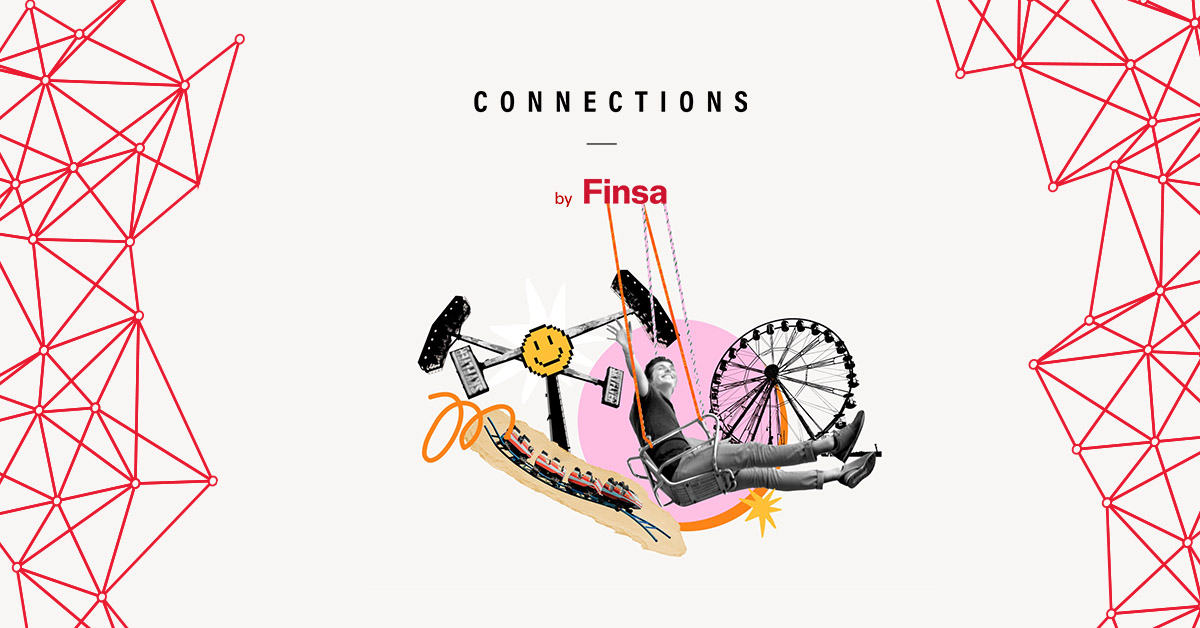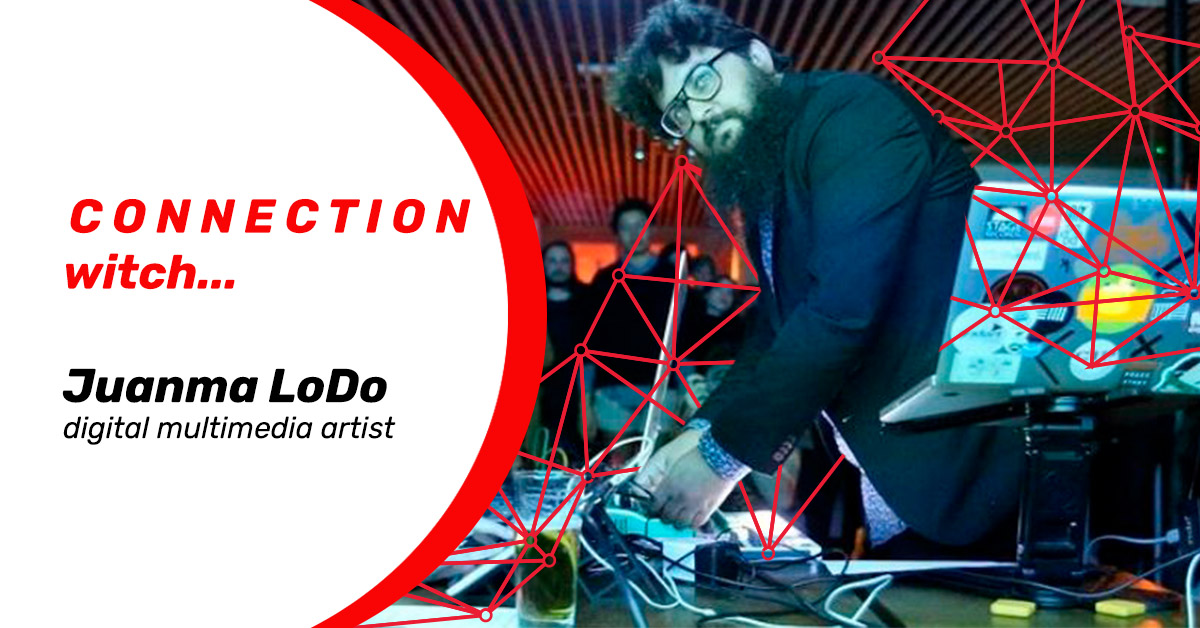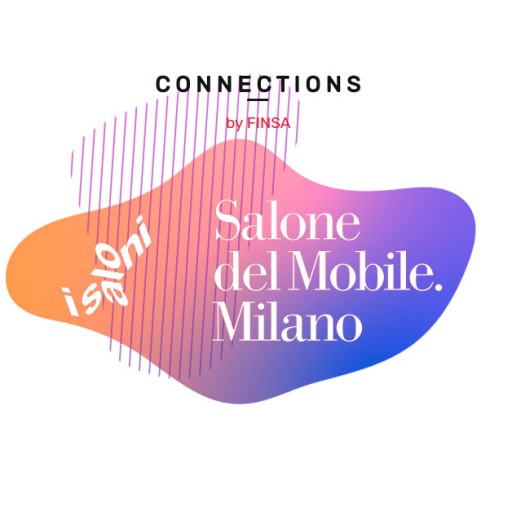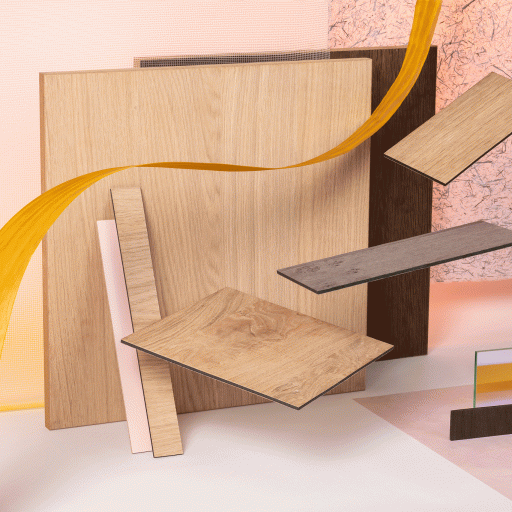If there is one place where fun is guaranteed, there is surely an amusement park. The world map is dotted with such parks. There are thousands of them. Perhaps because everyone is looking for different things in such a facility: to experience thrills, to recreate favourite films, to visit settings from another era or just to enjoy a place to play with the family. The market continues to expand and is expected to be worth more than 70 billion dollars by 2025.
Among so much on offer, the amusement parks that stand out are not always the biggest or the most picturesque, but those that exceed the expectations of their visitors, regardless of their size or location. They are well-planned spaces designed to maximise the experience, instantly recognisable.

Design from a small region to play across the world
This is the case with the playgrounds created by the Galician company Galopín, based in the A Coruña municipality of Cerceda. The last one that has just opened is Butlin’s Skypark, in the United Kingdom, the largest playground in Europe: 2,400 square metres that Butlin’s, an English chain of spas, has dedicated to emotions, full of light and colour, ramps, slides and climbing towers.
Ver esta publicación en Instagram
Classics never go out of fashion
It is the particular characteristics of each amusement park or ride that make the difference. Some are so famous, and so old, that they have become classics in the industry. Like the Magic Kingdom Park, in Orlando (United States), created in 1971, with its Cinderella Castle as a universal icon, or its little brother in Europe, Disneyland París, which celebrates its 30th anniversary in 2023. The park covers just over 22 square kilometres and has two themed areas, a shopping and entertainment area, hotels, a golf course and even a train station.
Ver esta publicación en Instagram
Luna Park, the legendary park at Coney Island in New York’s Brooklyn borough, has been seen in many, many films. Traditional in design, with typical fairground rides, its charm remains intact with the Cyclone Roller Coaster, the oldest active wooden roller coaster in the United States, and its Wonder Wheel, which has been spinning in front of the sea since 1920.
Ver esta publicación en Instagram
Architecture with a surprise factor
But apart from their age, uniqueness and the ability to surprise is another key to the success of the amusement parks that attract the most visitors. There is a clear example in Australia. At this latitude is Pod Playground, a surprising space for its architecture, with play structures similar to large acorns. It is located in the National Arboretum of Canberra and has slides, ladders and different attractions.
Ver esta publicación en Instagram
The City Museum, a playground located in Missouri (United States), is built with recycled industrial materials, mainly iron. It has aeroplanes and different paths for visitors to walk along.
Ver esta publicación en Instagram
In Japan, The Woods of Net Playground consists of hand-woven coloured spider webs by artist Toshiko Horiuchi inside a huge wooden structure by Tezuka Architects. It is located in the Hakone Museum, an open-air venue that mixes art and fun.
Ver esta publicación en Instagram
In Spain we have Parc Gulliver, in the Turia garden in Valencia: a giant 70-metre sculpture representing the classic character from Jonathan Swift’s book. Children and adults can go up and down ramps, stairs and slides that are part of the giant’s body.
Ver esta publicación en Instagram
The theme, the key
The theme around which some parks are developed is another of their main attractions and also marks their design. Swarovski Crystal World is one of the longest-established theme parks. It was opened in 1995 in Austria to mark the company’s centenary and attracts an average of 600,000 visitors a year. In 2015 it was extended with a 20-metre play tower (with a unique climbing net inside, slides, obstacles and 160 different glass panels on the façade).
Ver esta publicación en Instagram
Another essential reference is the Ferrari World in Abu Dabi, the first of the car manufacturer’s two (the other is in Spain, in Tarragona) and the largest indoor theme park in the world. Built on Yas Island in 2010, it occupies 176,000 square metres and is the work of the Chinese studio Benoy. Its design reflects the famous sinuous shape of the Ferrari GT chassis with the brand’s signature colour and double curves.
Ver esta publicación en Instagram
Water fun
Without a doubt, water is synonymous with fun and another of the most interesting fields exploited by the entertainment industry. There are simple formulas such as Wibit, a German company that manufactures floating parks. And others of more complex architecture and engineering, such as Ocean Park (from 1977).
Ver esta publicación en Instagram
Ver esta publicación en Instagram
The weight of the brand
Of course, the backing of a popular brand drives the awareness – and success – of these recreational spaces. This is the case of Universal Studios (Orlando) and its Wizarding World of Harry Potter. Or the Mario Bros Super Nintendo World adventures at Universal Studios in Japan. Fans of the Star Wars films have the Star Wars Galaxy’s Edge attraction at Disney Parks, where they can visit a life-size Millennium Falcon.
Ver esta publicación en Instagram
Ver esta publicación en Instagram
But perhaps the most recognisable example of this is still Legoland, en Dinamarca. in Denmark. It was created by the well-known colourful building block company, has more than 50 attractions and contains some 60 million pieces.
Ver esta publicación en Instagram
Learning through fun is possible
There are also educational theme parks, designed to promote an experience that both entertains and teaches. This is the case of two such parks in France. One is Futuroscope, created in 1987. Here the excitement comes from new technologies, virtual reality, multimedia experiences, robotics and 4D attractions. The other is Puy du Fou, a journey back in time that allows you to stroll through a medieval village, take part in a Viking raid or watch gladiator fights and chariot races in a 6,000-seat Roman amphitheatre.
Ver esta publicación en Instagram
Ver esta publicación en Instagram
Local is global
There is also no shortage of theme parks with local content. Here we highlight two examples. The first is Calaverandia, a space dedicated to the Day of the Dead opened in 2022 in Guadalajara (Mexico), which combines tradition, technology and fun through games, interactive holograms, multimedia shows, art installations, video mapping and live music. The second is also in Japan since 2022. It is Studio Ghibli Park. There are no mechanical attractions there. The park offers a fully immersive experience for the public where they can explore the world of the studio’s iconic animated films such as Spirited Away, My Neighbour Totoro, The Walking Castle or Princess Mononoke.
Ver esta publicación en Instagram
Ver esta publicación en Instagram
Immersive environments: the new technological era of amusement attractions
In this sense, the latest technological advances are precisely those that are revolutionising the very concept of amusement parks. They are now designed to turn the visitor experience into a 100% personalised, interactive and immersive adventure. It is not just about playing, it’s about living the game.
Virtual reality (VR), augmented reality (AR), artificial intelligence (AI) and all the most advanced and experimental technologies serve to enhance attractions and maximise the gaming experience. Time travel is now possible through immersive technology. They do so in The Gunpowder Plot, which takes place in the Tower of London and brings to life the story of the 1605 conspirators, fully immersing the audience as participants in the plot. Starring Tom Felton Tom Felton (Harry Potter’s Draco Malfoy) as Guy Fawkes (the historical character who wanted to blow up the Houses of Parliament in London), the attraction is based on a layered reality technique, combining digital technology and live theatre, as well as real physical sensations to create a unique immersive experience.
Ver esta publicación en Instagram
Another example of this emerging trend is the immersive Lisbon Quake museum, which opened in the summer of 2022. The 4D walk-through experience brings to life the historical episode of the 1755 earthquake that devastated the city. And the expression “bring to life” is almost literal. Jora Vision used their storytelling expertise to make visitors feel like they were truly being transported to that pivotal moment in history. To do this they used highly themed environments, a custom soundtrack and projection mapping, as well as special effects, immersive lighting and video media.
Ver esta publicación en Instagram




